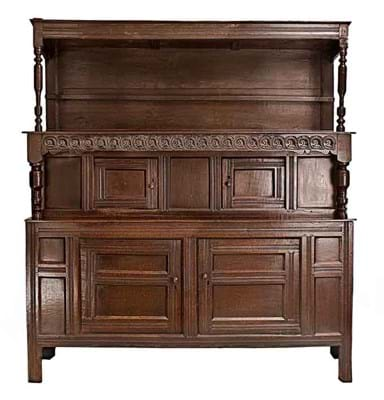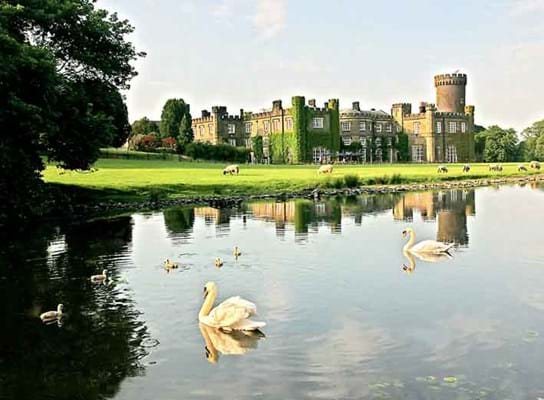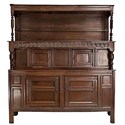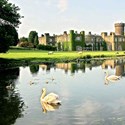The 'warts and all' approach to furniture cataloguing is being pioneered by the National Centre for Early Furniture and Art (NCEFA), in the belief that the oak market, where condition and restoration play such a huge factor, has suffered in recent years through lack of clarity.
The new venture brings together a team of respected professionals who will work in association with one of the South East's best-known regional salerooms, Gorringes of Lewes.
Quarterly sales of vernacular furniture, paintings and associated works of art are planned - the first titled The Age of Oak scheduled for later this year.
NCEFA co-director Caroline Forster, a native of North Yorkshire and an oak specialist of more than 25 years, believes the supply of meaningful information regarding provenance, quality and condition will bring aspiring but wary buyers to this field.
"The essence of the project is accurate descriptions and better, and more meaningful, condition reports. Our focus is simply to enhance our buyers' understanding, without taking away any of the excitement of buying at auction," she says.
While the name of the new firm suggests an academic establishment, the National Centre for Early Furniture and Art is in essence a bricks and mortar auction house, based in the old hunt yard buildings at Swinton Park, near Masham, the ancestral home of the Earl of Swinton, owned and run as a hotel by the Cunliffe-Lister family.
Restoration of the site is in progress and scheduled to continue until 2016, but the NCEFA offices are already open for consignments and valuations.
Sales Team
The first sale has been catalogued and the viewing rooms will be open for sale previews from October this year. Sales will be held either at Swinton or at Gorringes, who will provide the necessary auctioneering expertise and logistical back-up.
Joining Caroline Forster, and the Gorringes team led by directors Philip and Sally Taylor, is Dr Adam Bowett, furniture historian and the author of several books on Carolean and early Georgian furniture; oak and country furniture specialist Hans Pugh (formerly of Sotheby's Billingshurst and Olympia); together with specialists in other fields as required.
Their aim will be to catalogue in detail both the positive and the negative aspects of a piece offered for sale, highlighting the replacement elements or restoration that are part and parcel of the life of a 300-400 year-old antique. When required, scientific tests will be conducted.
"Buyers are empowered through accurate, reliable and unambiguous cataloguing," says Caroline. "Given our focus on the earliest furniture generally available in the market, providing a clear understanding of it imparts more than simple monetary value; it extends to heritage, conservation and cultural understanding."
So, while according to standard auction practice, the terms and conditions of sale will stipulate that catalogue descriptions remain a matter of opinion only, the firm told ATG they will be happy to refund purchases in the event of inaccuracies.
Restoration
Buyers at NCEFA sales will be encouraged to buy unrestored items and accept their imperfections but NCEFA will recommend use of the nearby workshop of Patrick Dingwall and Simon Banks for restoration and conservation of their purchases. Dingwall & Banks have agreed to supply customers with detailed descriptions of any work undertaken.
NCEFA view their approach as a natural progression in a retail-orientated marketplace where the long-held principle of caveat emptor (buyer beware) is increasingly questioned.
It also brings the furniture market a step closer to the idea of the 'passport' - a document listing the history of a piece of antique furniture and information regarding repair and improvement that could accompany it at the point of sale.
Many furniture historians concerned at the increasing sophistication of restoration techniques, and the emergence on the market of some spectacular fakes, now deem them desirable.








